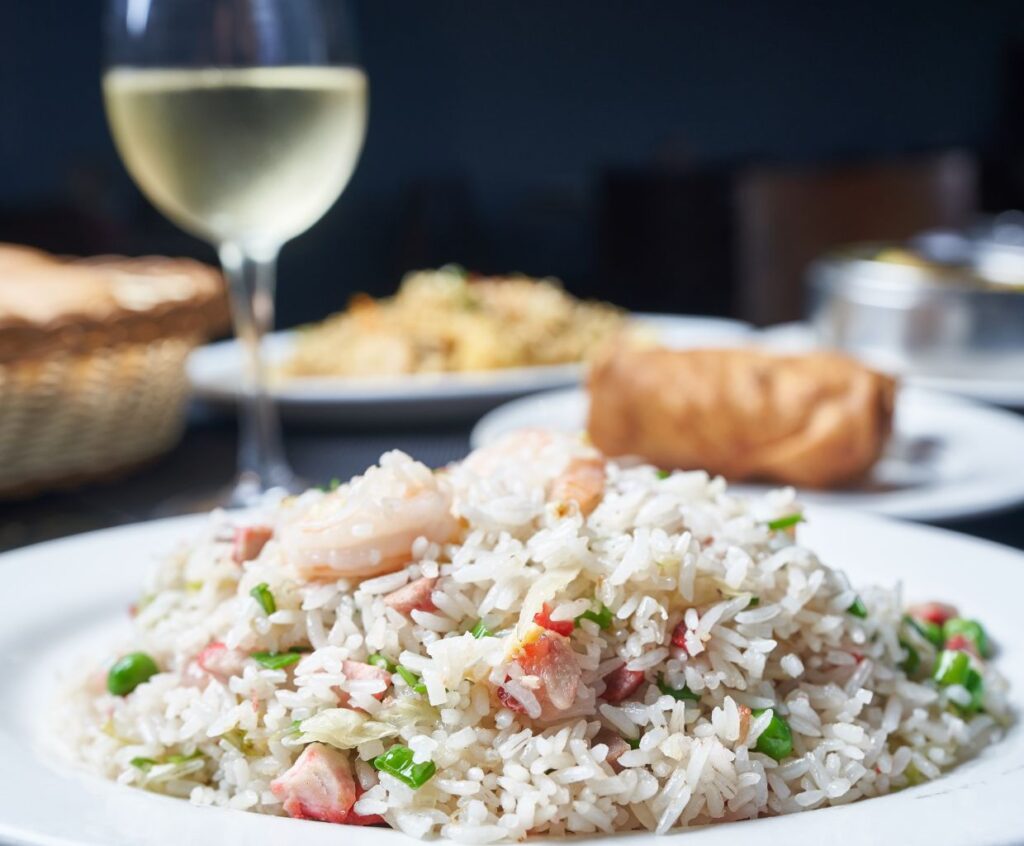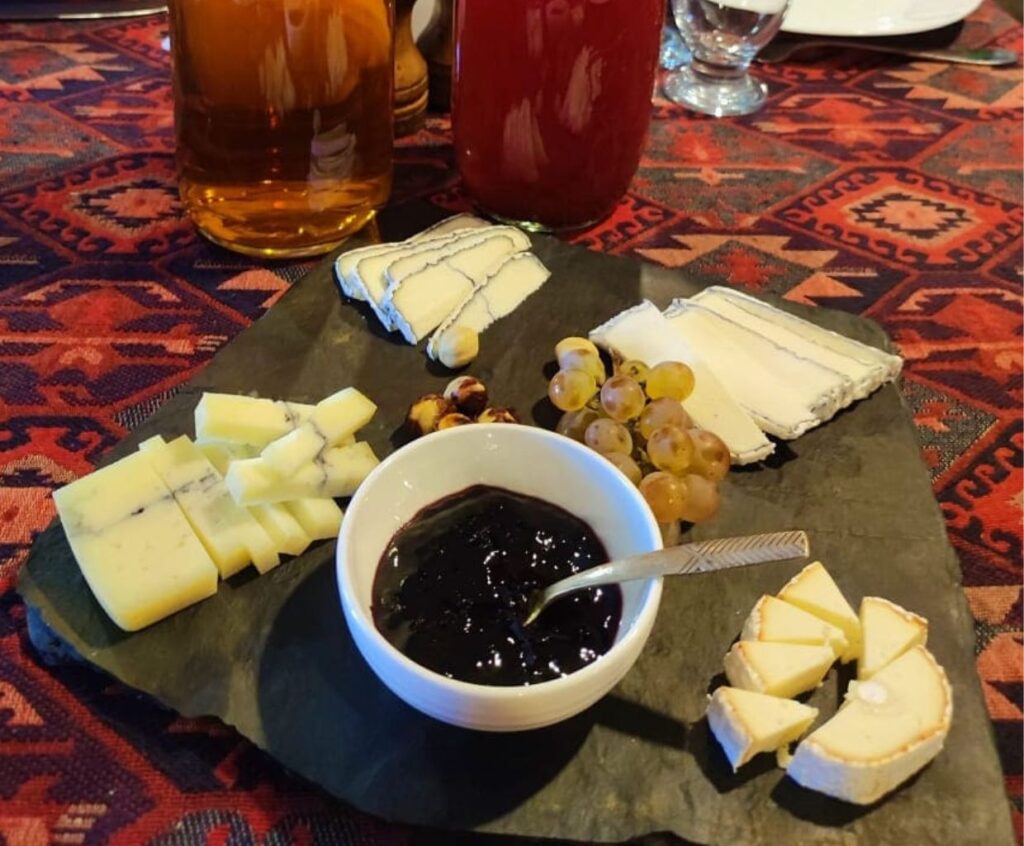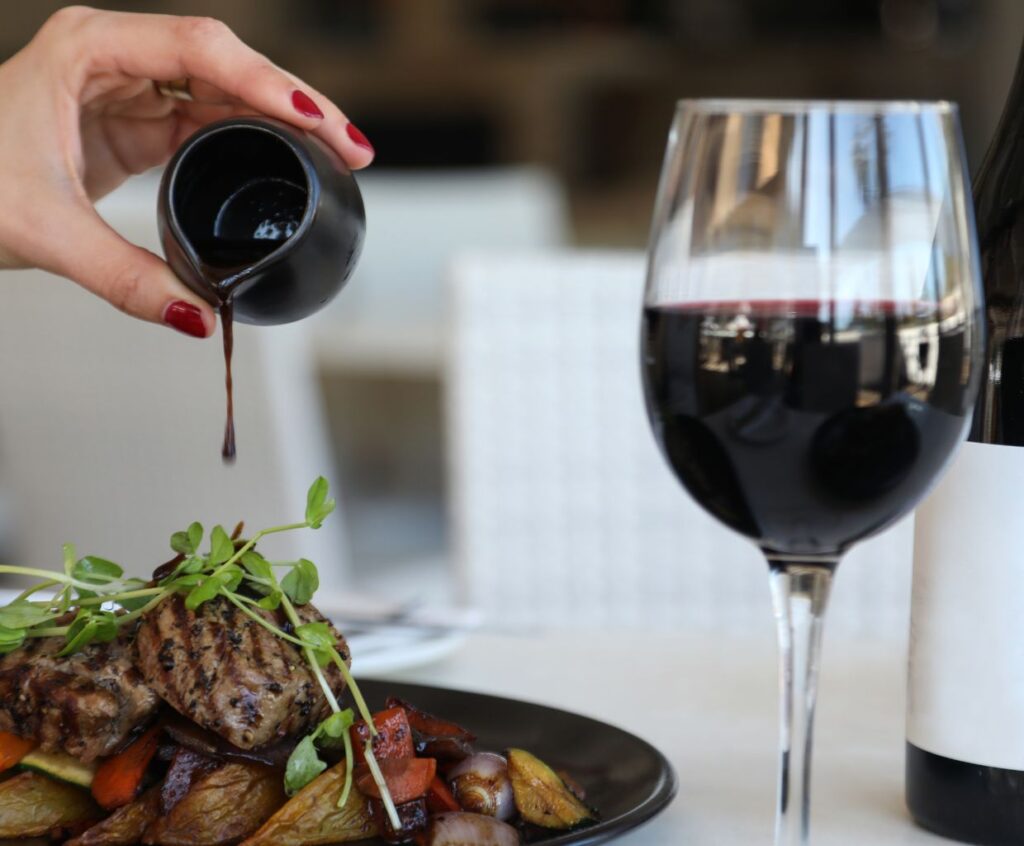Perfect Pair: Exploring the Allure of White Wine in Risotto
Welcome to the world of culinary delights! Today, we will dive deeply into the enchanting combination of white wine and risotto. If you are a fan of both, get ready to be blown away by the magic that happens when these two come together.
Risotto, a traditional Italian dish known for its creamy texture and rich flavors, reaches new heights when infused with the subtle complexities of white wine. So, grab a glass of your favorite white wine and join us on this compelling journey.
The Versatility of White Wine
White wine adds a remarkable depth to risotto with its wide range of flavors and aromas. The acidity and fruitiness of white wine can enhance the overall taste and elevate the dish to new levels. Whether you prefer a crisp and dry Sauvignon Blanc or a buttery and oaky Chardonnay, a white wine out there perfectly complements your risotto.
Types of White Wine Ideal for Risotto
-
- Sauvignon Blanc: Known for its vibrant acidity and herbaceous flavors, Sauvignon Blanc pairs wonderfully with seafood or vegetable-based risottos. Its refreshing qualities uplift the dish and bring out the natural flavors.
-
- Chardonnay: With its buttery texture and notes of vanilla, Chardonnay is an excellent choice for creamy risottos. The wine’s richness adds a luxurious touch and harmonizes beautifully with the velvety rice.
-
- Pinot Grigio: Light and crisp, Pinot Grigio is a fantastic option for lighter risottos like lemon or asparagus. Its citrusy undertones provide a zesty kick that balances the dish’s creaminess.
-
- Riesling: If you prefer a hint of sweetness in your risotto, Riesling is the way to go. Its floral aromas and fruity flavors can beautifully offset spicy or tangy risottos, creating a delightful contrast.
How to Incorporate White Wine into Risotto
Now that you know which white wine to choose, let’s discover how to incorporate it into your risotto. Begin by sautéing the onions and garlic in olive oil or butter. Once they turn translucent, add the Arborio rice and stir until it becomes lightly toasted. This step helps to bring out the nutty flavors of the rice.
Next, it’s time to introduce the white wine. Pour a generous splash and let it simmer until the rice mainly absorbs it. The wine will infuse the grains, releasing its unique flavors and aromas. Remember to use a white wine you enjoy drinking, as its taste will be more pronounced in the finished dish.
From here, proceed with the traditional risotto-making process. Gradually add warm stock, stirring constantly until it is absorbed and the rice becomes creamy and tender. The white wine will continue to mingle with the other ingredients, creating a symphony of flavors that will dance on your taste buds.
Indulge in the Magic of White Wine Risotto
Once your risotto is perfectly cooked, it’s time to savor the magic you have created. The white wine will have permeated every grain, lending its unique character to each bite. The subtle acidity and delicate sweetness will harmonize with the creamy richness of the dish, creating a genuinely irresistible symphony of flavors.
So, consider making white wine risotto next time you’re planning a dinner party or want to treat yourself to a gourmet meal. It’s a guaranteed crowd-pleaser that will leave everyone craving more. Cheers to the perfect pairing of white wine and risotto!
Is there a specific type of white wine that pairs best with different variations of risotto?
When pairing white wine with risotto, it depends on the specific flavors and ingredients in the dish. Here are a few general guidelines to help you choose the right white wine:
1. Creamy Risotto: If your risotto is rich and creamy, with ingredients like mushrooms or truffle oil, a full-bodied white wine like Chardonnay can complement the flavors.
2. Seafood Risotto: A crisp and acidic white wine like Sauvignon Blanc or Pinot Grigio can provide a nice contrast for risotto dishes with seafood, such as shrimp or scallops.
3. Herb-infused Risotto: If your risotto is infused with basil or parsley, a lighter white wine such as Vermentino or Verdejo can enhance the herbal notes.
4. Vegetable Risotto: For risotto that focuses on fresh vegetables like asparagus or peas, a dry and aromatic white wine like Riesling or Grüner Veltliner can be a good match.
Remember, these are just general suggestions, and personal preferences may vary. It’s always a good idea to experiment and find the combination you enjoy the most.
What are some critical tips for choosing the right white wine in risotto?
When choosing the right white wine to use in risotto, there are a few essential tips to consider:
1. Dry and Crisp: Opt for a dry and crisp white wine rather than a sweet one. Sweet wines can add unwanted sweetness to the risotto. Look for white wines like Sauvignon Blanc, Pinot Grigio, or Chardonnay.
2. Light to Medium-Bodied: Choose a white wine that is light to medium-bodied. This ensures that the wine won’t overpower the flavors of the risotto. Avoid heavy or oaky wines that can dominate the dish.
3. Acidic and Balanced: Look for a white wine with good acidity and balance. The acidity helps cut through the risotto’s richness and adds brightness to the overall flavor. Wines from cooler climates often have higher acidity.
4. Consider the Flavor Profile: Consider the flavor profile of the risotto and choose a white wine that complements it. For example, if you’re making a seafood risotto, a white wine with citrus or mineral notes can enhance the flavors. If you’re making a mushroom risotto, a white wine with earthy undertones can be a good match.
5. Cooking vs. Drinking Quality: Remember that the white wine you use in cooking doesn’t have to be the same quality as the one you would drink. Cooking will alter the flavors of the wine, so you can choose a more affordable bottle without compromising the taste of the risotto.
Remember, the wine should enhance the risotto flavors without overpowering it. It’s always a good idea to taste the wine before adding it to the risotto to ensure it aligns with your preferences.




